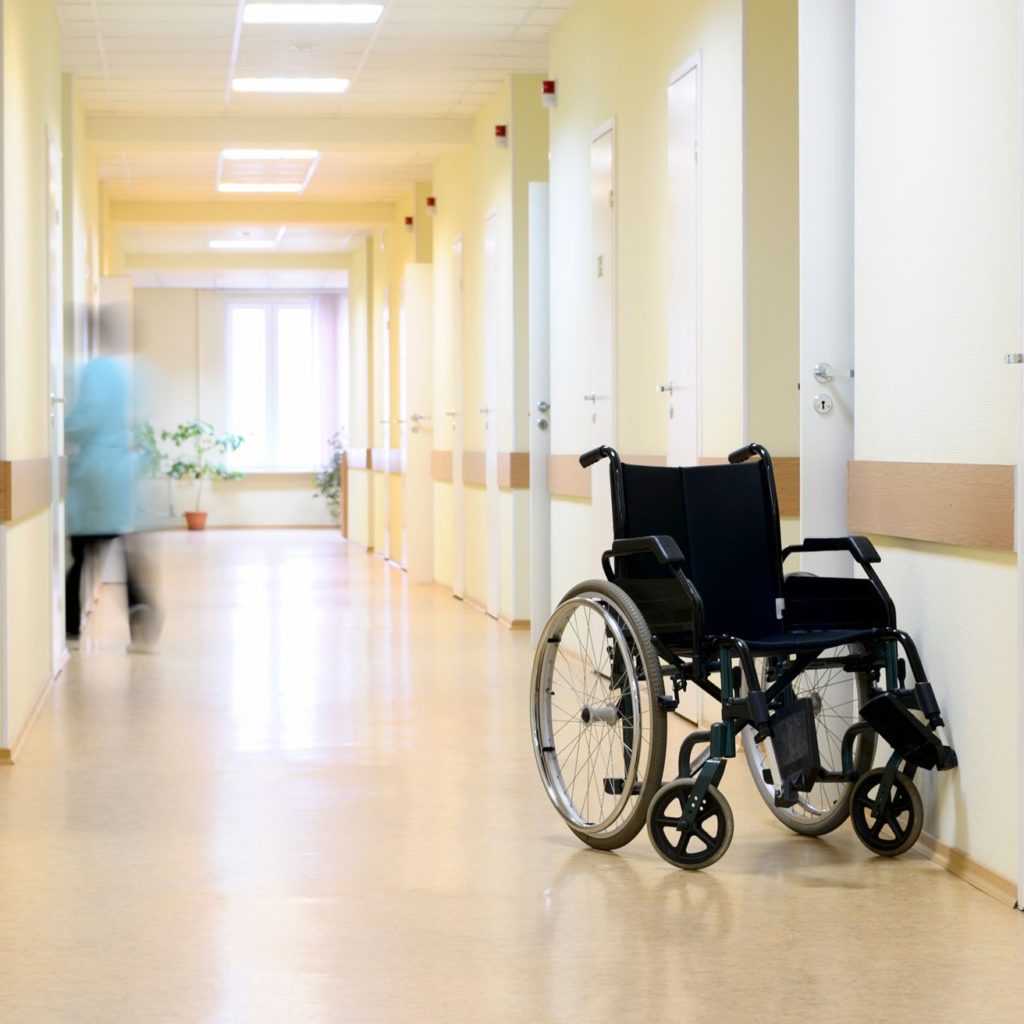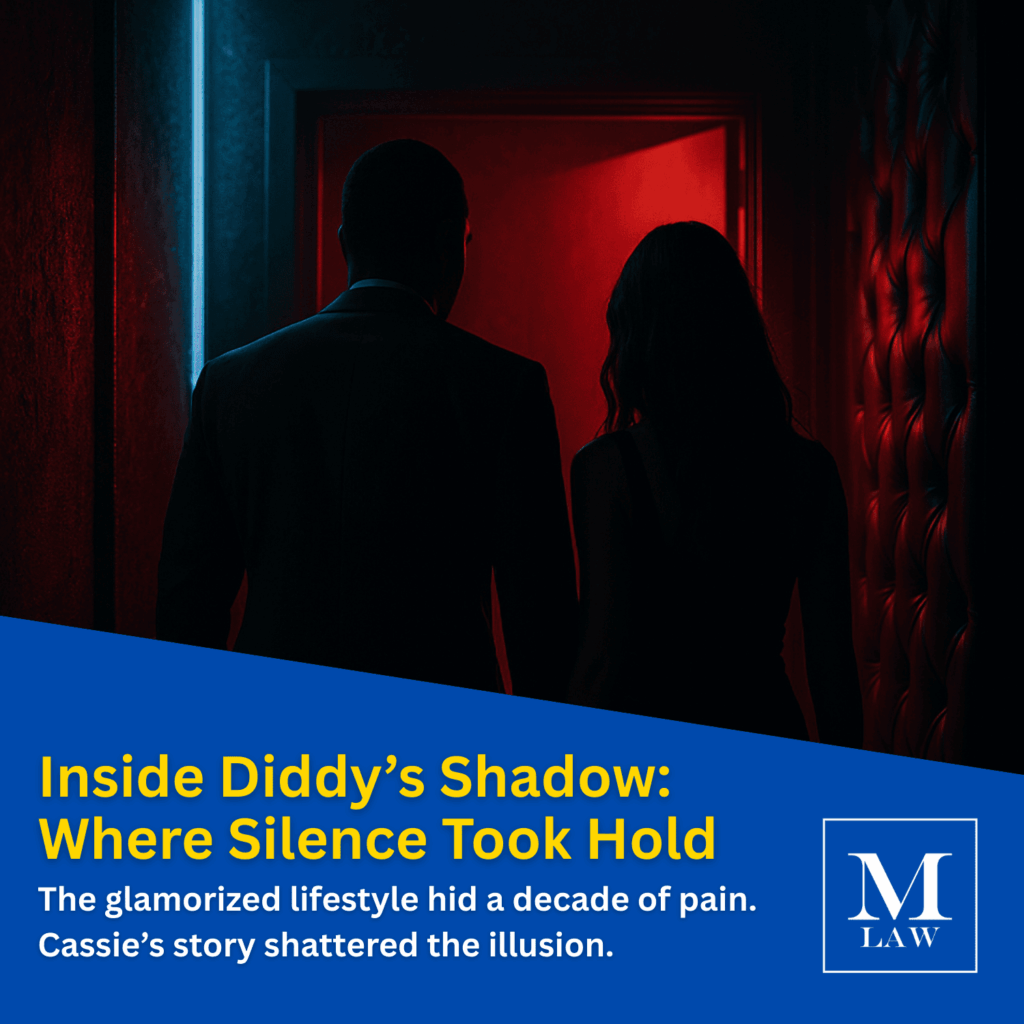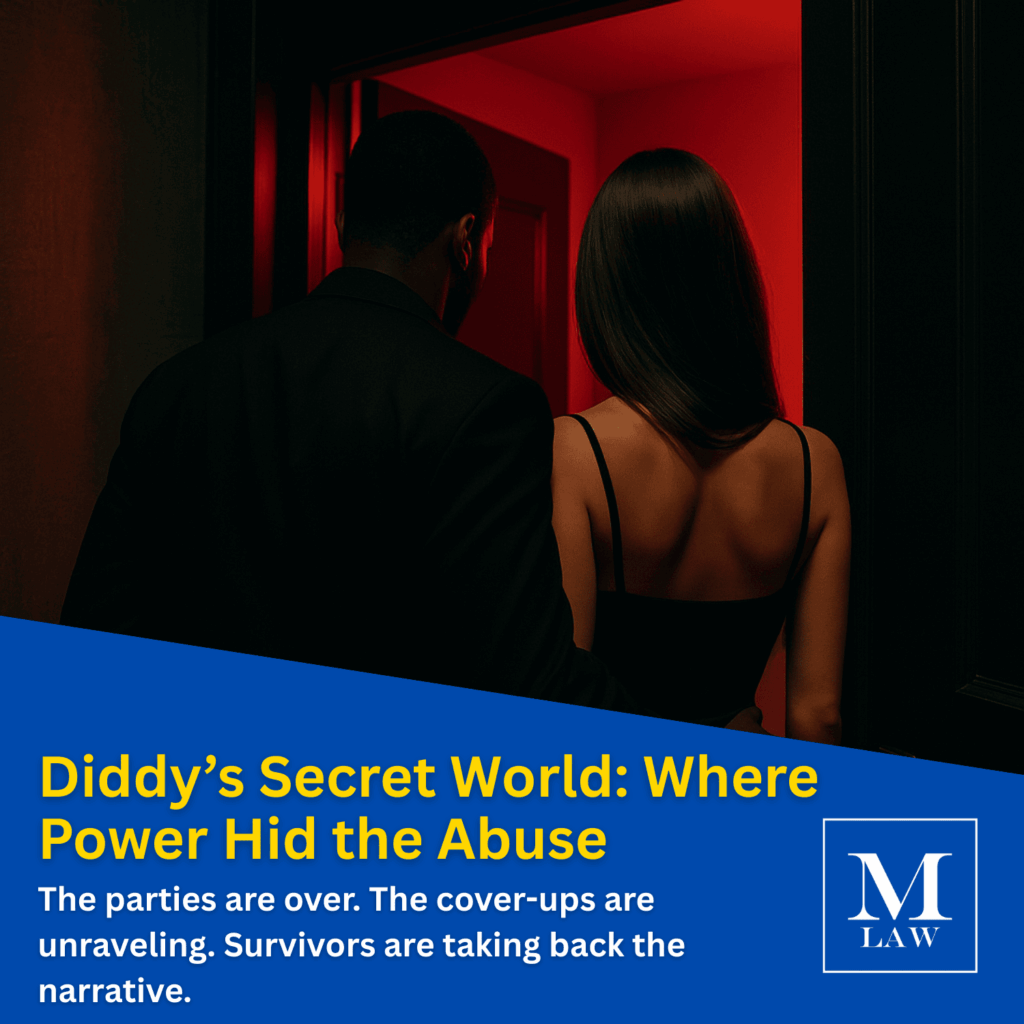“We won the first round. But the war is not over. We need to hold nursing homes and Gov. Cuomo accountable for their nursing home actions that led to deaths.”
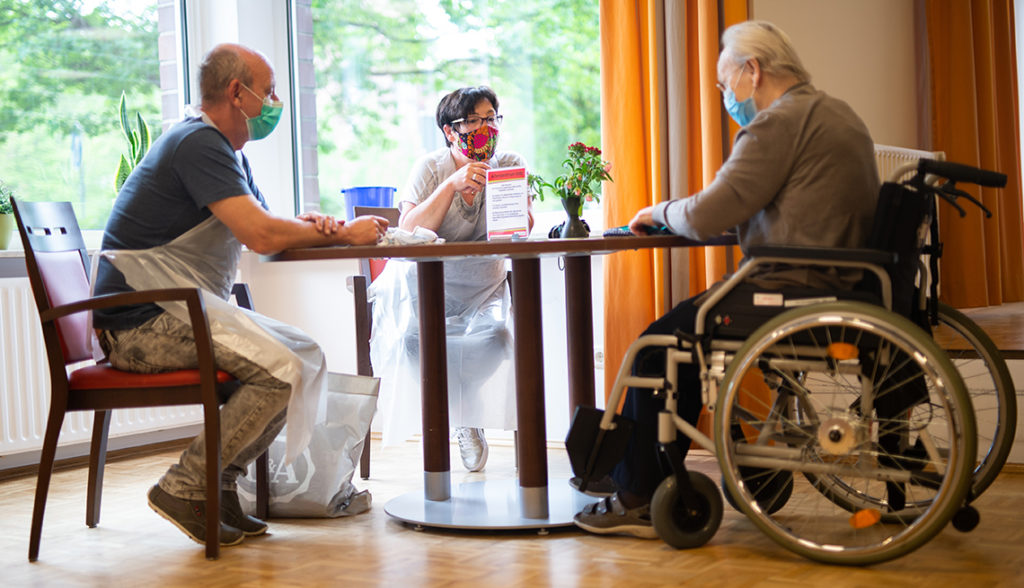
In a recent case, a federal judge refused to dismiss a negligence suit filed by Vivian Zayas against a Long Island nursing home.
The precedent set by this case has the potential to open the door for more nursing home negligence cases, which will help those who lost loved ones last year fight for justice.
New York resident Vivian Zayas lost her mother last year to COVID-19 during the early months of the pandemic, when many nursing homes were facing public scrutiny for poor handling of the crisis.
Nursing homes, specifically in New York, were hotspots for the spread of the virus, and alarming death rates indicated that many of these healthcare facilities were not taking proper measures to mitigate the spread and protect their residents.
Recent data shows that 53,797 New York state residents have died from COVID-19, according to the John Hopkins Coronavirus Resource Center.
About 16,000 of these deaths were residents in nursing homes and other long-term facilities.
Zayas’ mother, Ana, was one of these residents. She lived at Our Lady of Consolation on Long Island.
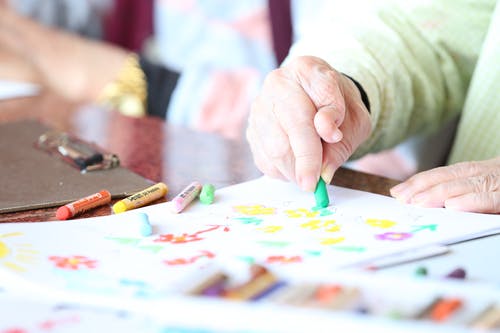
Vivian Zayas’ Case
Zayas’ case is more than just a wrongful death lawsuit.
While she is trying to get justice for what she believes to be the wrongful death of her mother, Zayas’ case involves the repeal of the Emergency or Disaster Treatment Protection Act, a state law that shielded hospitals and nursing homes across New York from medical malpractice and negligence claims over their handling of the pandemic.
Essentially, Zayas argues that the act was unjustly implemented and allowed for nursing homes to mistreat residents with full protection from any proper legal ramifications.
Another state Health Department edict issued early during the pandemic required nursing home patients to admit recovering COVID patients discharged from hospitals. Some studies have concluded the policy contributed to COVID infections and deaths of nursing home residents.
Despite the lofty goals of Zayas’ lawsuit, she has the support of many powerful organizations, including the Greater New York Hospital Association and the NYS Health Care Association, both of which filed friend of the court papers in June to support her.
Zayas originally filed this case in Brooklyn state Supreme Court in October of last year, but the case was moved up to federal court because the defendant, Our Lady of Consolation, claimed a federal law, the Public Readiness and Emergency Preparedness Act, blocks any state law regarding negligence cases during the COVID outbreak.
This attempt was blocked by federal Judge Nicholas Garaufis, who rejected this argument as “inconsistent machinations.”
Zayas’ lawyer, Brett Leitner said her suit, if successful, could trigger thousands of other COVID nursing home negligence cases to flood the courts.
“The state has some culpability here because of the governor’s policies,” Leitner said.
This news comes just days since former Governor Andrew Cuomo resigned from office over nearly a dozen sexual assault allegations. Cuomo was initially blamed by many for the mistreatment of nursing home residents last year.
What this Means for You
Vivian Zayas is blazing the trail for potentially thousands of others who lost loved ones in nursing homes across the state during the early months of the pandemic.
Her lawsuit may not only hold Our Lady of Consolation accountable – it may force hundreds of other nursing homes to be held accountable for their mistreatment of residents.
It may also open the door for programs that will distribute financial compensation to families who were affected by this massive tragedy.
If you lost a loved one to COVID-19 because of negligent treatment by a nursing home or healthcare facility, you may have the opportunity for financial compensation.
The nursing home negligence lawyers at Merson Law PLLC can help you. Contact our offices today by giving us a call at the number above, or by filling out our contact form.


